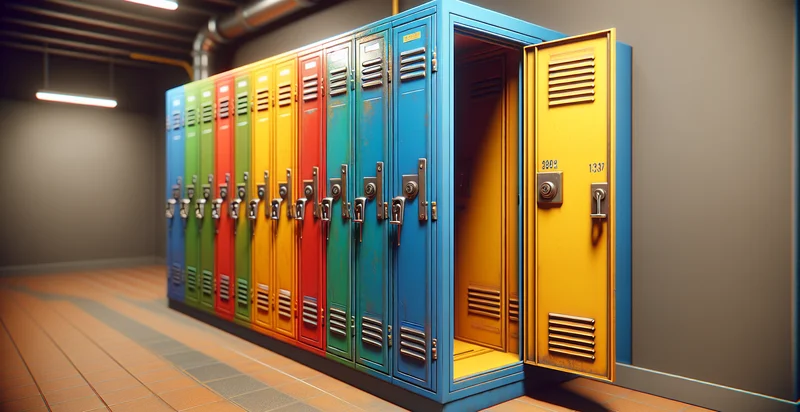Identify whether a locker is open
using AI
Below is a free classifier to identify whether a locker is open. Just upload your image, and our AI will predict if the locker is open - in just seconds.


Contact us for API access
Or, use Nyckel to build highly-accurate custom classifiers in just minutes. No PhD required.
Get started
import nyckel
credentials = nyckel.Credentials("YOUR_CLIENT_ID", "YOUR_CLIENT_SECRET")
nyckel.invoke("whether-a-locker-is-open-identifier", "your_image_url", credentials)
fetch('https://www.nyckel.com/v1/functions/whether-a-locker-is-open-identifier/invoke', {
method: 'POST',
headers: {
'Authorization': 'Bearer ' + 'YOUR_BEARER_TOKEN',
'Content-Type': 'application/json',
},
body: JSON.stringify(
{"data": "your_image_url"}
)
})
.then(response => response.json())
.then(data => console.log(data));
curl -X POST \
-H "Content-Type: application/json" \
-H "Authorization: Bearer YOUR_BEARER_TOKEN" \
-d '{"data": "your_image_url"}' \
https://www.nyckel.com/v1/functions/whether-a-locker-is-open-identifier/invoke
How this classifier works
To start, upload your image. Our AI tool will then predict if the locker is open.
This pretrained image model uses a Nyckel-created dataset and has 2 labels, including Locker Open and Locker Closed.
We'll also show a confidence score (the higher the number, the more confident the AI model is around if the locker is open).
Whether you're just curious or building whether a locker is open detection into your application, we hope our classifier proves helpful.
Related Classifiers
Need to identify whether a locker is open at scale?
Get API or Zapier access to this classifier for free. It's perfect for:
- Smart Locker Management: Locker management systems can use the open locker identifier to optimize resource allocation. By knowing which lockers are occupied or open, businesses can efficiently manage space and improve user experience in environments like gyms, offices, or schools.
- Enhanced Security Monitoring: Retailers can implement this image classification function as part of their security systems to monitor locker usage. The system can alert staff to unauthorized access or prolonged open lockers, thus preventing theft or unauthorized item removal.
- Automated Package Delivery: Delivery services could integrate this functionality into smart lockers, allowing for automated confirmation of package drop-off. Once a package is delivered, the system can verify whether the locker door has opened successfully, ensuring a seamless delivery experience.
- Locker Tracking for Events: Events such as concerts or festivals often utilize lockers for attendee convenience. With an open locker identifier, event organizers can monitor locker availability in real-time, helping attendees quickly find available lockers and reducing congestion.
- Inventory Management for Shared Assets: Companies with shared equipment (like tools or electronics) can use this function to track asset usage. By identifying whether the locker containing the asset is open, management can gain insights into usage patterns, enabling better inventory control and maintenance scheduling.
- Access Control for Sensitive Items: Organizations storing sensitive materials can implement this image classification system to enhance access control. By tracking the open/close status of lockers containing sensitive information or materials, companies can ensure that sensitive items are only accessible during authorized times.
- Improved User Experience in Co-Working Spaces: Co-working spaces can utilize the open locker identifier to enhance the user experience for their clients. Users can be notified in real-time about available storage options, streamlining the process of finding and accessing necessary workspaces without manual checks.


